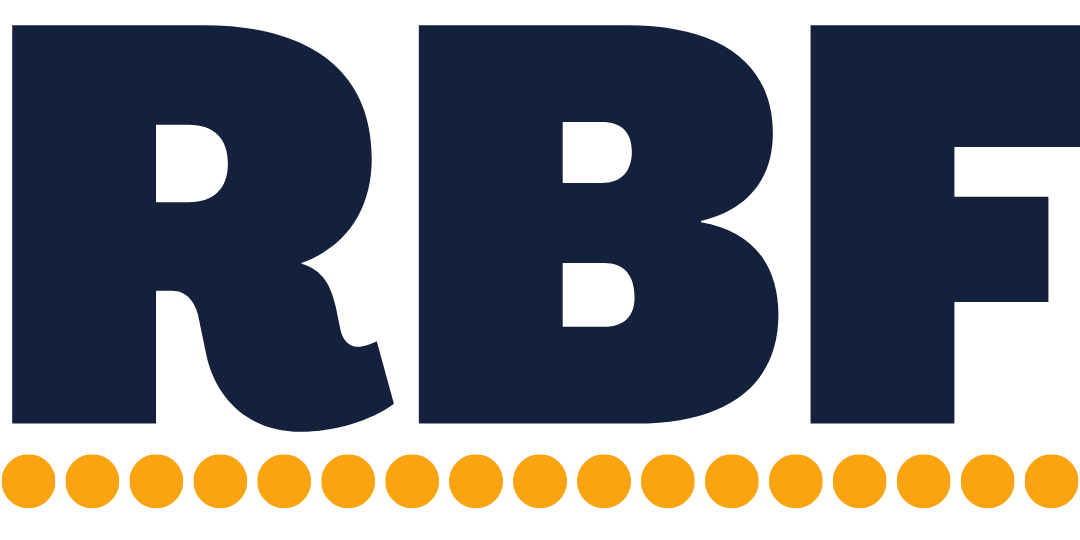How to stop worrying about money (hint: the answer is math)
Managing small business finances can be stressful for even the most seasoned business owners (and outright intimidating for newer entrepreneurs in their first few years). You need to manage invoices, pay bills, negotiate payment terms, run payroll, pay taxes, and more. It’s a lot. It’s stressful. And, that’s probably why you subscribed to this newsletter, in the first place. You wanted to learn more about business finances, so hopefully, it’d be less stressful.
But, that cash stress – the stress and anxiety caused by worrying about making payroll and earning a healthy profit – doesn’t go away on its own after you learn enough about finances. There’s no magic knowledge threshold where you suddenly become comfortable. You need to specifically work through the stressors, learn what a healthy business means in your situation, and build systems that keep cash flow running smoothly. Working through that will build your confidence in your business finances.
Finding the issue :
There’s different kinds of stress. There’s worrying about a concrete issue that exists and can be fixed. Then, there’s anxiously worrying about business in general. Both are valid but have different solutions.
- If it’s a specific known issue, you’ll need to work thru it from different angles (for example, if you have a profitability problem, you’ll need to prune your expenses, review project profitability, check your overall capacity, etc).
- If it’s a gut feeling, take some time to really sit with it and ask yourself why you have that feeling. Some of those gut feelings are really a concrete issue that you’ve been avoiding eye contact with.
- If it’s general anxiety, you need to learn what healthy looks like to your business and keep tabs on it.
Know your expenses :
It sounds counterintuitive, but being intimately aware of how much money you need each month is freeing. Instead of hoping you’re on track to earn enough this month, you can check. And, there’s two ways to figure out how much your business needs every month.
- Generate a Profit & Loss report for the last 12 months then take the total expenses number, subtract out depreciation expense and add in owner’s distributions and loan principal payments. Then, divide that entire number by 12.
- Grab all your bank and credit card statements for the last 3 months, manually add up all the cash outflows, and divide it by 3.
Both these methods have their flaws. With option 1, It’s very easy to miss distributions or payments as you’re adding them back in and option 2 doesn’t account for expenses that’re paid annually, but outside that three-month window. If you want to be very conservative, do both and pick the higher monthly number.
(note: this is a very mild, napkin-math version of cash forecasting. If you’d prefer something much more granular and exact, you might like legit cash flow forecasting.)
Emergency funds:
Things will go wrong and bad months are bound to happen. That’s where emergency funds come in. They’re your business life vest. They keep you floating until you can correct course. Once you know how much money your business needs, start building an emergency fund worth 2-3 months of monthly expenses. Exactly how much depends on your service offerings (for example, a business with lots of recurring revenue needs less emergency savings than a business with lots of project-based work) and your personal risk tolerance as an owner. But, regardless of how much you save, emergency funds give you a safety net.
Stricter payment terms:
Forgiving payment terms (eg, Net 30, pay after receipt of deliverables, etc) and weak follow-up leave a lot of room to not get paid (and worry about making payroll). Switch to stricter payment terms like getting paid upfront or in milestones before continuing work. Stricter payment terms will make sure money is actually coming in and can be relied on.
Regularly review your financials:
Keep an eye on your business and regularly review your health indicators. About once a month, check your Profit & Loss to make sure your revenue is covering your expenses and that your expenses haven’t suddenly ballooned past your average. Then, check your emergency fund levels. Check to see if you’ve been unconsciously dipping into it. A few dollars here or there can slowly add up to wipe out your fund. Lastly, check your Accounts Receivable Aging report to make sure everything’s on time. If invoices are going unpaid (or a payment bounced), it’s time to chase them down.
No one knows what they’re doing:
I’ve spoken with hundreds of business owners during discovery calls, at networking events, on LinkedIn, etc. Every single one feels like everyone else has their shit together and they’re the only business owner that doesn’t. But, after having poked around accounting files, reviewed tax returns, and spoken with other accountants, that just isn’t the truth. The vast majority of business owners are winging it. They don’t know some business secrets that you don’t and their businesses aren’t healthier than yours. That’s why the popular restaurant in town goes out of business or a respected agency collapses overnight. Stop comparing the reality of your business with the facade of others.
Action Item:
Figure out how much your average monthly expenses are.
💪 What we do at Resting Business Face 😤
🚀 Finance Partner: Forecast the next 12+ months, improve your cash flow, and work closely with yours truly.
🤓 Hands-off Consulting: Annual forecasting and quarterly calls when you need just a touch of guidance.
🏛️ Tax Essentials: Taxes, accounting, and payroll to keep your business on the IRS's good side.
